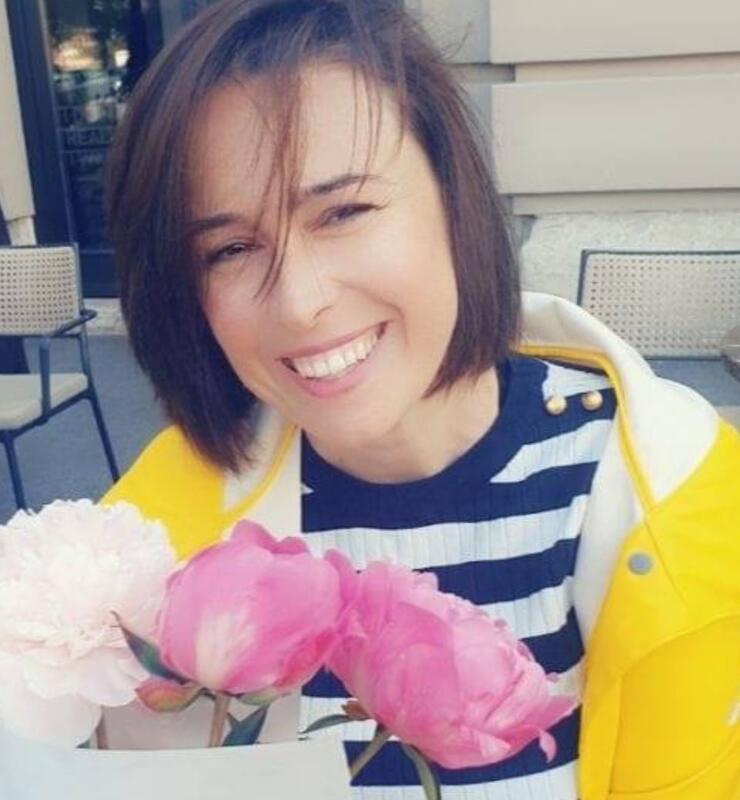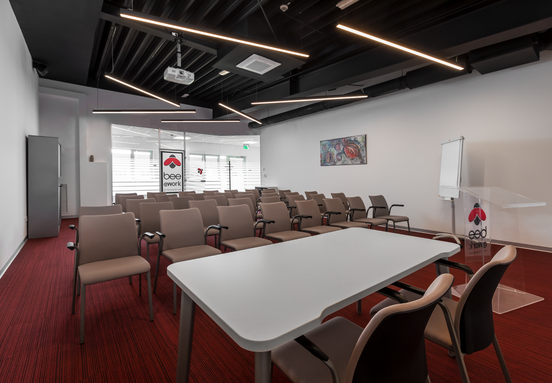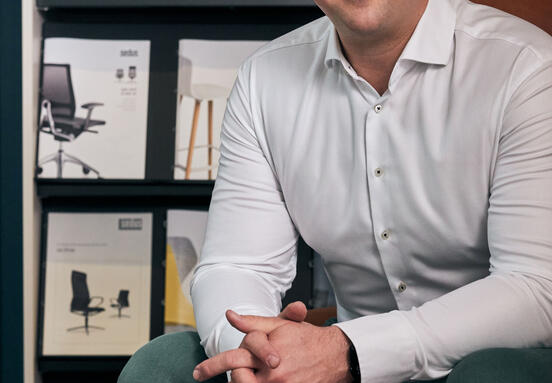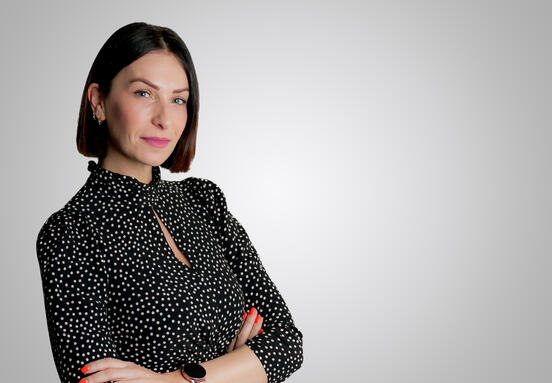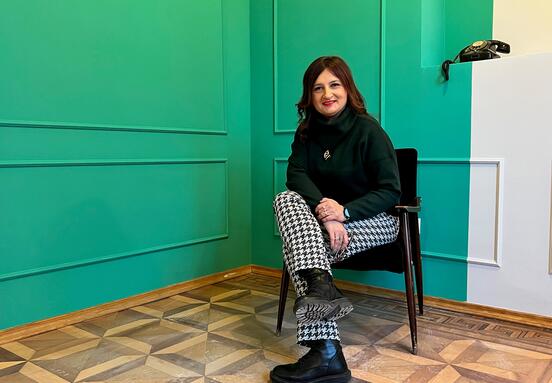Can you tell us more about you and your projects that you had the opportunity to work on?
I am Ana Miše, a graduate engineer of architecture. I work in my own architectural office MISHE (www.mishe.hr) and I deal with the backbone of architecture - design. Working on various projects and typologies (educational, sports and health institutions, hotels and rental houses, family houses and apartment buildings…) I come into close contact with interior design and have been dealing with them for 15 years. The interiors I design have different uses; from residential, office and museum, to tourist, sports and nautical. I successfully participate in architectural and interior design competitions.
Can you tell us a bit more about the Natural Bond trend of landscaping? Good design and good architecture come from functional requirements and those that provide comfort. In times of corona crisis, the greatest functional requirement is hygiene. What is it like to provide in the simplest way and in what way to design a space and objects in it, without satisfying that requirement?
The answer to this question is: - floors that are easy to clean and wash on a daily basis (eg stone or ceramic tiles, cast floors, parquets or laminates…); - walls and wall coverings that are easily washable (special washable paints, glass, artificial composite materials that may also have antibacterial properties); - as simple forms of furniture and equipment as possible for easier cleaning; - due to easier maintenance of space hygiene, it is possible to design adjustment from orthogonal corners of the room to those rounded; - in addition to the already known dispensers with disinfectants, it is necessary to put more emphasis on air quality in the office, and there are indications and installation of lighting that emits antimicrobial UVC light.
An important design moment that is undergoing a major change is the partial abandonment of the open-space office. Although open-space offices are easily adaptable to different users and their requirements due to their flexibility, after several decades of their superiority in office design, certain negatives have emerged. Efficiency, concentration and even employee privacy are better achieved when the floor plan of the office is divided into smaller units in which employees can work more thoroughly and be more productive, and use open-space as points for meetings and socializing. It has been proven (even before the current pandemic) that viruses and bacteria spread faster and more often in open-space offices, and thus employees are more often absent from the office due to illness (up to 62% compared to classic offices with walls, according to a Danish study from 2011), which certainly does not benefit employers but also the employees themselves, who in such a way disturb the general condition of the organism. What improves the condition of the body are, among other things, the sun's rays, which have antibacterial effects, and it is important that most employees enjoy the benefits of sunbathing, which is almost impossible to achieve quality and evenly in open-space.
The sun is also an important element of the Natural Bond interior design trend. The natural Bond trend has as its basic setting the introduction of exterior elements into the interior space itself, with all the advantages and benefits of nature. Such an interior is dominated by soothing natural materials, daylight instead of a series of ceiling lighting panels, plants that rest the eyes with their greenery, simplicity of space that eliminates chaos, visual and physical connection with outdoor spaces… All this makes employees feel calm, comfortable and focused . Also, the behavior of people living in such a space is directed towards one in which more attention is paid to a conscientious way of buying (locally, in the neighborhood), what products are used (organic and environmentally friendly), waste reduction and a more responsible way towards environment, but also towards themselves.
Workspace details play an important role in office space design?
Details in random space play an important role because it is the details that create personal and comfortable spaces that are different from generic ones. This can be the distribution of space into several zones for different modes of work, rest and communication (smaller offices for individual work, space for larger meetings, space for smaller meetings, space for socializing and rest…) that are differently designed (eg zone communication and rest can be circularly shaped), then smart use of daylight or lighting (in case of deficit of natural light), the introduction of plants into the interior that not only relaxes employees but also increases their productivity (up to 15%), color The “brand” that the employees work for or their products that subtly run through the space and the equipment of the space, the introduction of scents into the space with different sensory stimulations….
Workspace colors and employee creativity?
Workspace colors should be used carefully so that those colors that are more prevalent in the space and on large surfaces are always more neutral, and accents (from one wall over furniture to small details) in stronger colors with higher saturation. Each color can have a specific meaning to an individual, depending on his associations and memories. However, the psychological effects of each color are known: - red: the color of power and passion that should be used in spots because otherwise it can act aggressively; - orange: an energetic color that encourages innovation and competitiveness; - yellow: the only warm color that is associated with relaxation, encourages a cheerful mood and creativity; - green: a soothing color that is closely related to the concepts of harmony and nature; - blue: calm and soothing color - purple: depending on its saturation, it is necessary to use it carefully in space to evoke luxury, uniqueness and creativity; - gray: although it belongs to neutral colors, due to its extremely cold tone it should be used only in detail because otherwise it evokes a feeling of loneliness and loss; - brown: color represented in nature, in the interiors creates a sense of security and reliability, be careful when using that the space would not become oppressive to stay; - black: a color that has different connotations, but when used in detail creates a feeling of sophistication and sensuality - white: the most commonly used color in interiors because it best reflects light and best emphasizes other colors, creates a feeling of purity and innocence.
Space psychology is important for any office space. In your expert opinion, what should you pay the most attention to when talking about arranging business premises?
When designing and arranging business space, the most attention should be paid to the functionality of the space and the feeling of comfort of living and using the space. Functionality is important for the reason that all processes that take place in a certain space take place in the easiest and most efficient way that allows users to work smoothly and the results of the same. It is achieved by a thorough analysis of the wishes and needs of users, and by implementing the results of the analysis in the process of designing and arranging the space, guided by the rules of the architectural profession. A sense of comfort is very important because it is not the goal for employees to just come to work, be in the office for a certain amount of time and do the work, but to do their job in the best possible way and to look forward to the process. Lastly, the office space is important but it should not be forgotten that this, like any other space, is made up of people who work and live there. Because without people, the office is just an empty cube.
